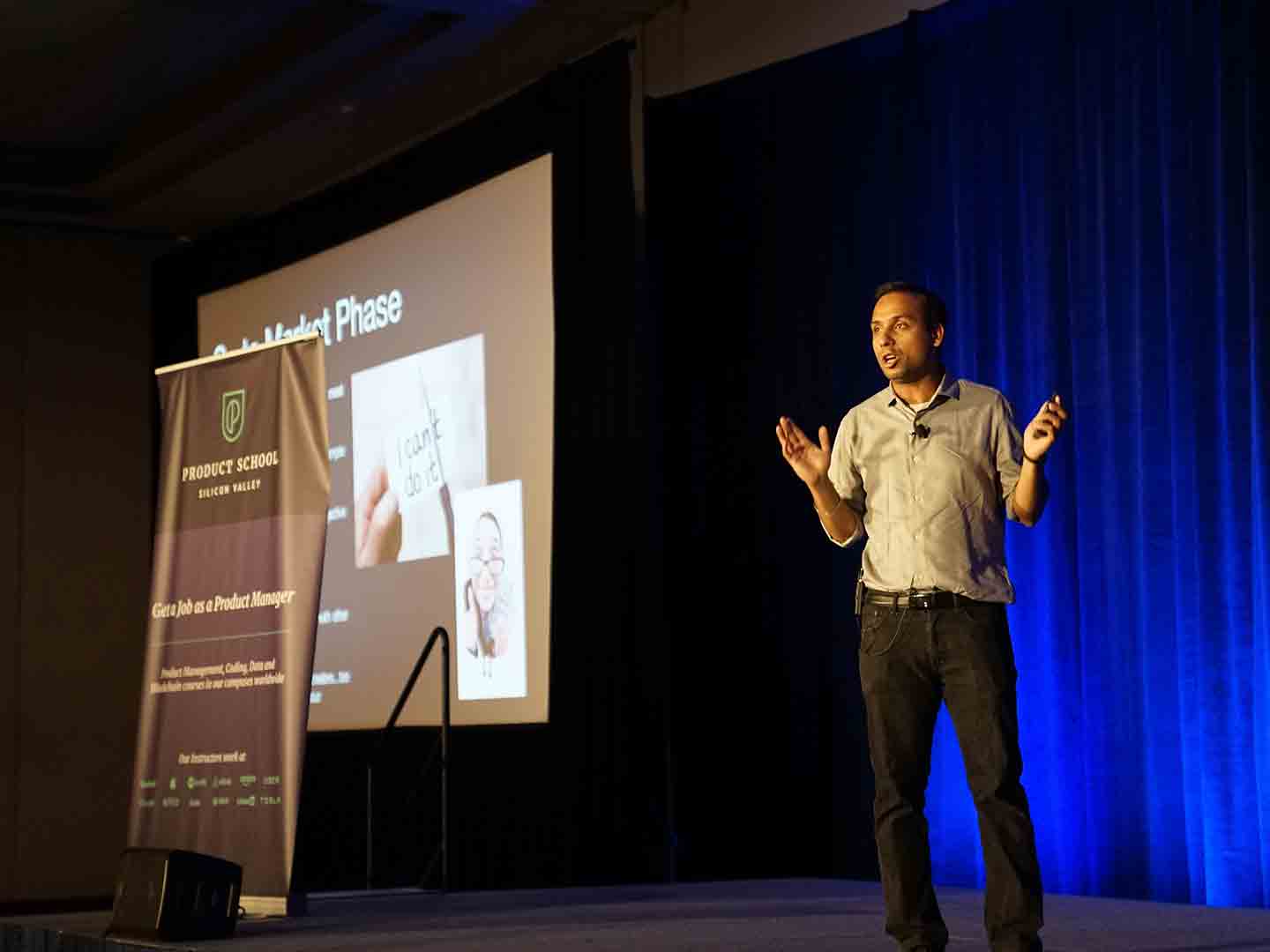As a leader, you’re the person, the visionary, who comes up with the next great ideas for your company to implement. You may be intent on increasing sales or becoming a key producer of something like solar panels. The first step in leading the organization to success is to communicate your vision to your employees. You’ll need to communicate clearly, and avoid “blurry vision bias,” if you want to make the biggest impact.
Why Visionary Statements Miss the Mark
Academic researchers Andre Carlton, Wharton, and Brian Lucas, Cornell, studied why some visions inspire people and others don’t. Their research found that leaders sometimes fail to choose specific goals. When their word choices are vague, the result is "blurry vision bias,” and employees are confused about what to do.
The leader may not have complete clarity about their vision. They just know they want something to happen and they want their employees to get fired up. Because leaders can’t always see into the future, they’ll frame their expectations in a ‘meaning-based cognitive' communication. For example, an ice cream shop owner may tell employees they want to sell more ice cream than the competition.
That goal is too vague. The employees will have their own ways of interpreting these goals. One employee may be happy selling to one more customer than the shop across the street. Another employee will try to sell to ten more customers.
The Solution
To encourage employees to commit to your vision, practice your presentation. Frame your vision through “experience-based cognitive” communication. That’s a fancy way of telling you use concrete examples when explaining your vision. The researchers explained this kind of communication in their interview with Knowledge@Wharton. They pointed out that Bill Gates, early in his tenure at the helm of Microsoft, stated his vision as seeing “a computer on every desk and in every home.”
When you explain your vision to your employees, use specific statements. Tell them your goal is to sell ice cream at least once to every consumer in the local marketplace this year. That’s a goal they can visualize and rally behind.
The Broader Perspective
You can also apply the concept of specific and concrete wording to the employee feedback process. Telling your employee they did great working on the top client account is fine. But the feedback is more meaningful when you tell them they aced handling the CEO who was complaining that the final deliverable wasn’t what they were expecting.

